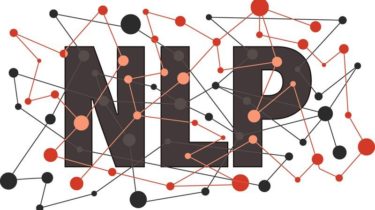Performing Sentiment Analysis Using Twitter Data!
Photo by Daddy Mohlala on Unsplash Data is water, purifying to make it edible is a role of Data Analyst – Kashish Rastogi We are going to clean the twitter text data and visualize data in this blog. Table Of Contents: Problem Statement Data Description Cleaning text with NLP Finding if the text has: with spacy Cleaning text with preprocessor library Analysis of the sentiment of data Data visualizing I am taking the twitter data which is available here on […]
Read more








